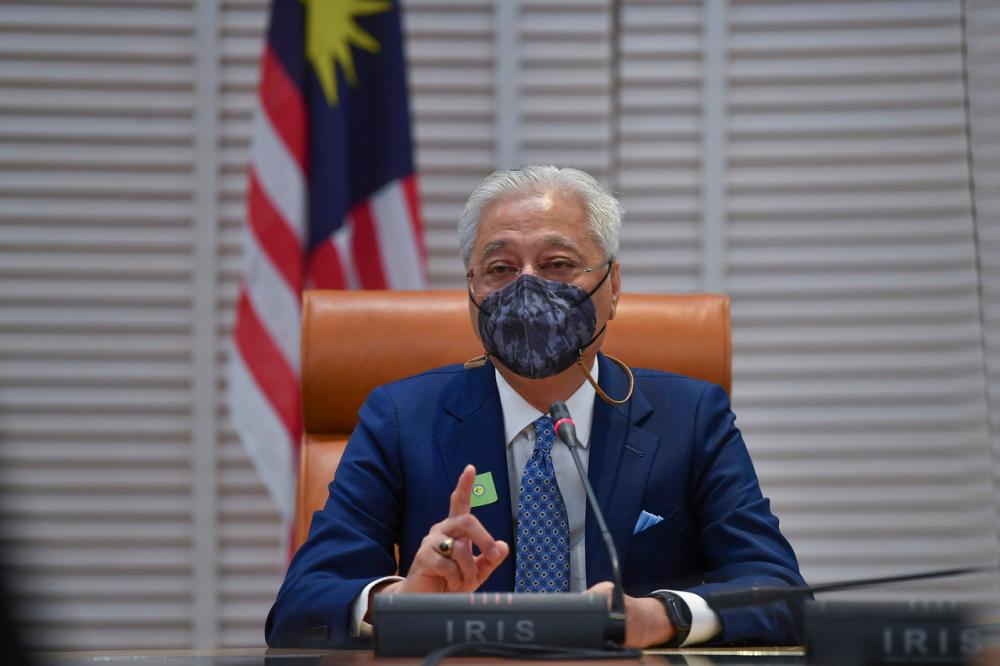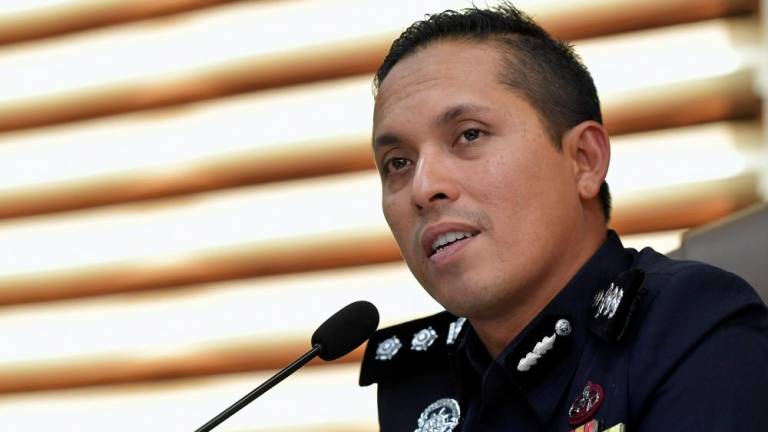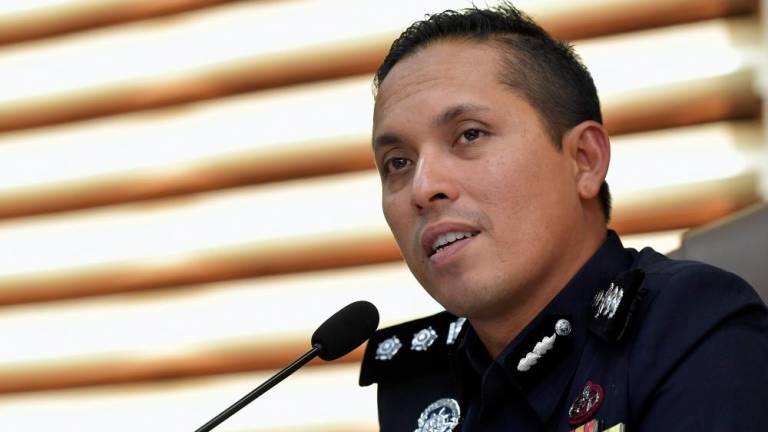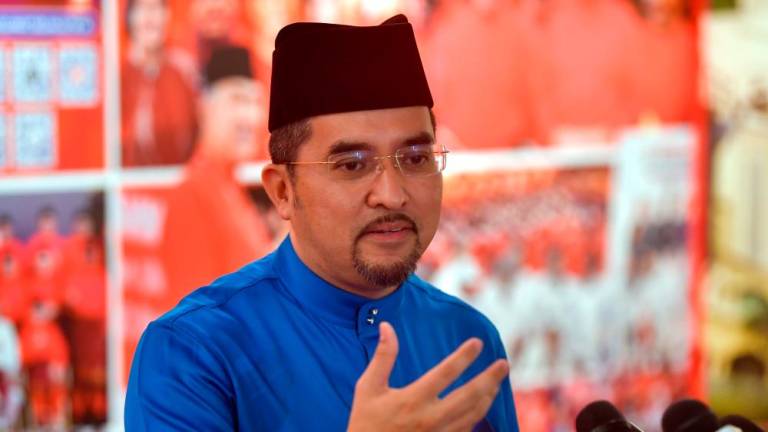KUALA LUMPUR: Ambitious yet realistic targets, not only to lift Malaysia out of its current economic quagmire but also to spur growth over the next five years, are the essence of the 2021-2025 12th Malaysia Plan (12MP).
Among others, the government is looking at an annual gross domestic product (GDP) growth of 4.5% to 5.5% for the period from 2021 to 2025.
If achieved, this will be a major turnaround from the more than 8% decline from 2019 to 2020.
Apart from a RM400 billion allocation not only to complete existing infrastructure projects but also to launch new ones, the government has also identified several key programmes and projects to help boost growth in strategic sectors and industries.
Growth targets ranging from 2.6% to 5.7% have been set for individual sectors of the economy.
Prime Minister Datuk Seri Ismail Sabri Yaakob (pix), who tabled the 12MP for debate at the Dewan Rakyat yesterday, said the government had received a lot of suggestions and proposals from MPs, state governments and members of the public to help in Malaysia’s economic recovery and subsequent expansion.
The 12MP, titled “A Prosperous, Inclusive, Sustainable Malaysia” encompasses themes such as resetting the economy, strengthening security, well-being and inclusiveness as well as advancing sustainability.
Ismail Sabri noted that the eight economic stimulus packages launched since March last year have succeeded in stabilising the economy and even spurring GDP growth by 16.1% in the second quarter of 2021, after having contracted in the previous four quarters.
He expressed confidence that the 12MP will be able to help the country achieve growth rates of 2.6% for the mining and quarrying sector, 3.8% for agriculture, 4.2% for construction, 5.2% for the services sector and 5.7% for manufacturing.
“A growth target of 3.8% has been set for the tourism sector, which was the most badly affected by the Covid-19 pandemic,” he said.
He added that small and medium enterprises are expected to account for 45% of GDP and 25% of total exports by 2025.
Ismail Sabri said funds will also be allocated for research and development in aerospace as well as electrical and electronics.
A centre of excellence for future industries, an intellectual property fund and an easy financing scheme for digitalisation and adoption of technology to support local companies in transitioning to advanced technology will be established.
“By 2025, we estimate that household income will rise to RM10,000 a month,” he said. The average household income in Malaysia dropped from RM7,901 in 2019 to RM7,089 in 2020.
Ismail Sabri said there is a “very limited” space for the implementation of development projects and the situation is expected to continue until next year.
“Therefore, the government’s development allocation is more focused on existing projects,” he said.
Under the 11th Malaysia Plan, the government spent RM248.5 billion for development purposes. Of the total, 58% went to economic sectors, 26% for social development, 11% for security and defence and 5% for general administration.
Ismail Sabri pointed out that the pandemic had negatively affected the government’s financial position last year.
“In 2020, the fiscal deficit widened to 6.2% of GDP and the total statutory debt of the federal government stood at 57.9% of GDP,” he said.
However, he added that the situation is expected to improve in 2023 when the economy stabilises and by 2025, Malaysia will be a high income nation and the people will have a better quality of life.
















